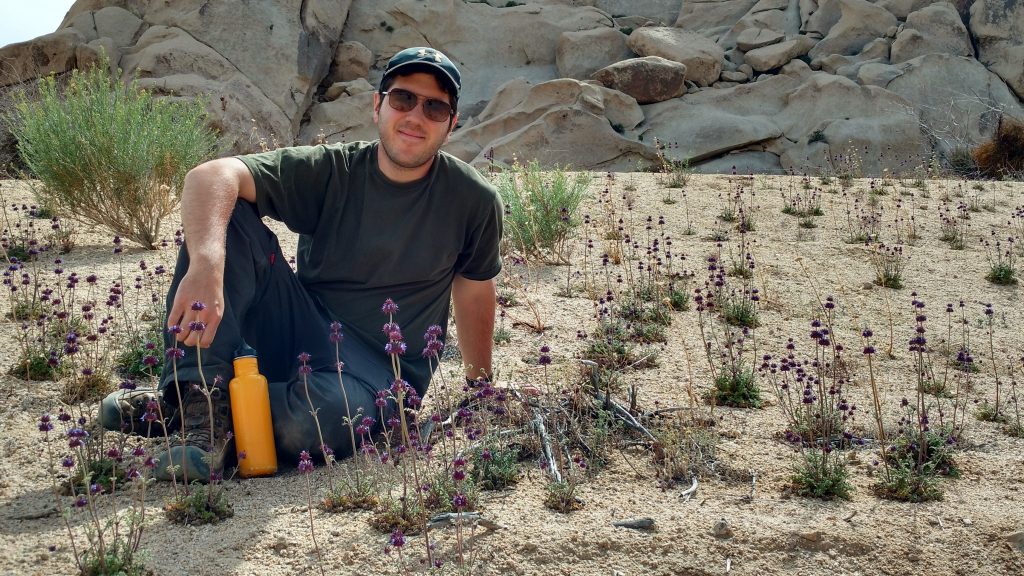In high stress environments, such as deserts, positive interactions among plants maintain biodiversity and productivity. However, the role and mechanism of these positive interactions changes depending on the context of spatial scale.
I will discuss how positive plant-interactions in deserts change at the micro, local, and regional scale. I also discuss the challenges associated with examining plant interactions at different spatial scales as a researcher, such as sampling techniques, community structure, and interacting factors.
Typically studies examining positive plant-interactions focus on local gradients, thereby neglecting micro or regional scales. All spatial scales share similarities in that each have gradients that modifies the mechanism, magnitude, and direction of plant interactions. Drawing parallels among different spatial scales and considering all three simultaneously as a response surface can provide a better understanding of positive interactions. This can assist conservation biologist and restoration ecologists make better informed decisions when managing desert ecosystems in support of global biodiversity.
Alex Filazzola
PhD Student
York University
Toronto, Canada
alex.filazzola@outlook.com

